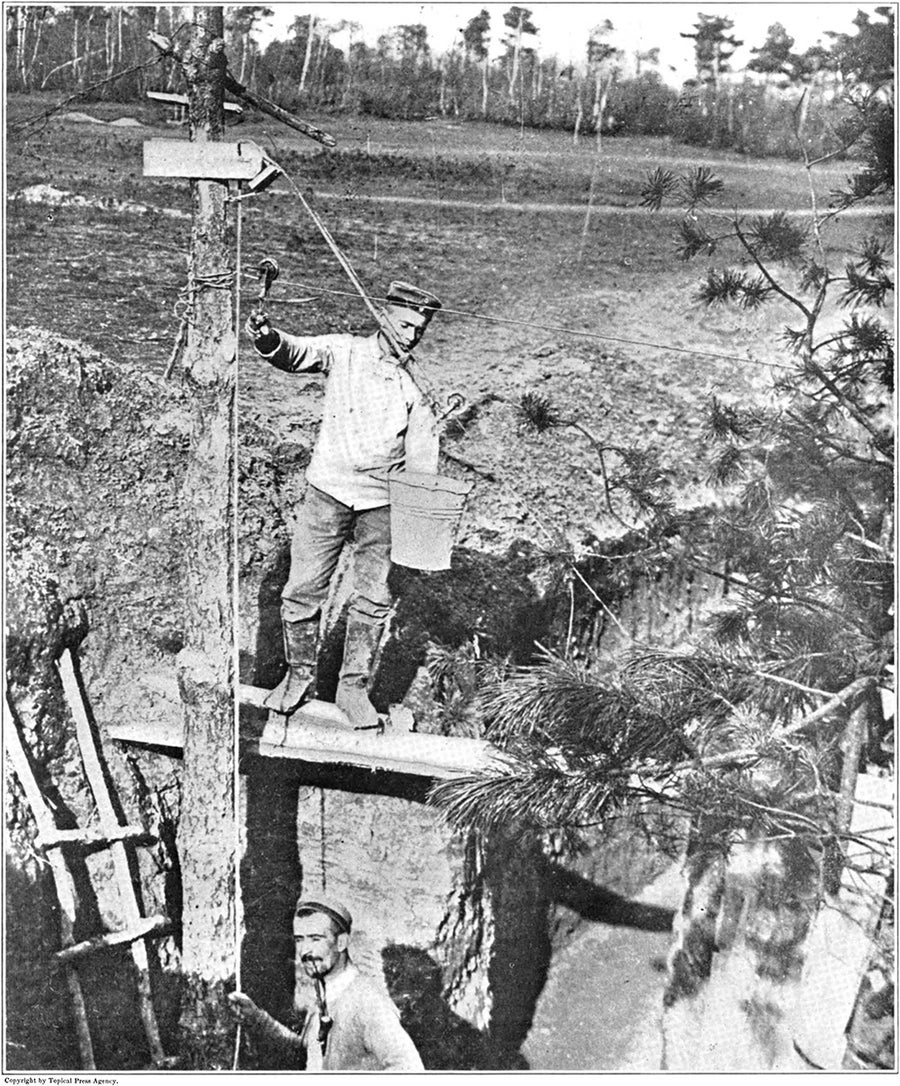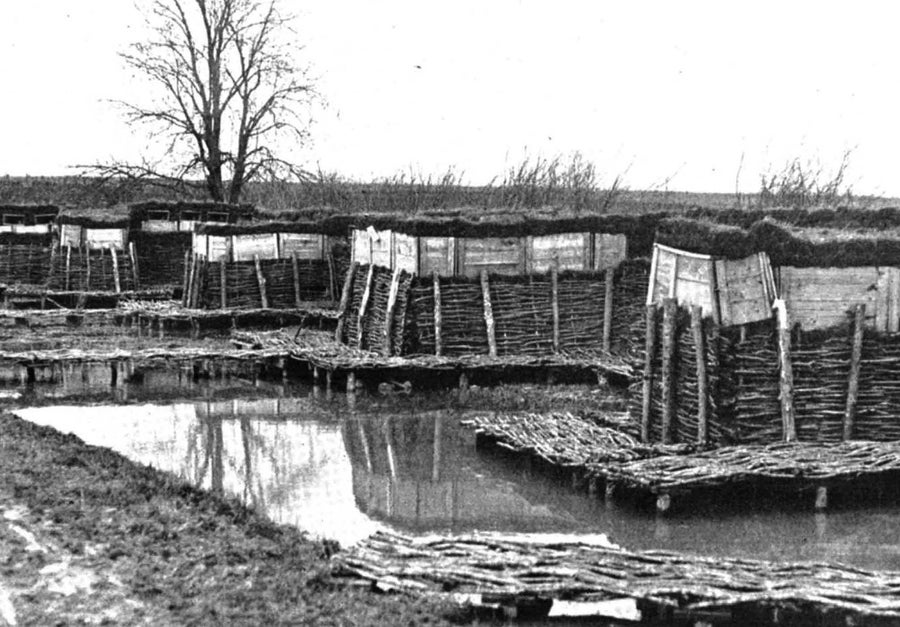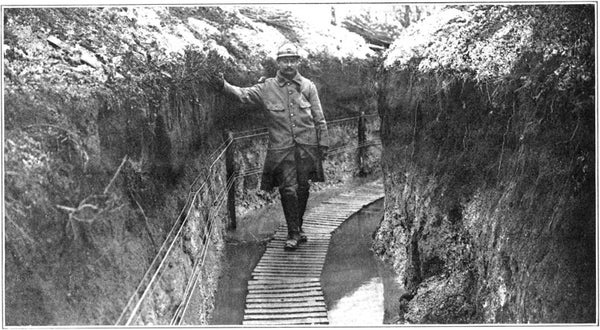This article was published in Scientific American’s former blog network and reflects the views of the author, not necessarily those of Scientific American
Editor’s note (4/2/2017): This week marks the 100-year anniversary of the U.S. entry into the First World War. Scientific American, founded in 1845, spent the war years covering the monumental innovations that changed the course of history, from the first tanks and aerial combat to the first widespread attacks with chemical weapons. To mark the centennial, we are republishing the article below and many others. For full access to our archival coverage of the Great War sign up for an All Access subscription today.
“Trench warfare” has now become a byword for the horrors of the First World War. And yet the purpose of building a trench was to protect the lives of those soldiers defending it: sheltering from machine-gun and artillery fire behind several tons of dirt reduced casualties. Not that life was pleasant for the men existing in trenches, but doing so increased the chance of returning home alive. Besides, the “comforts of home” for men from poor rural districts or from the urban slums in new factory towns might not have been much more comfortable.

Germans bailing out a trench: This sector must have been quiet as the man up top would have been too exposed in a more dangerous zone. Credit: Scientific American Supplement, June 17, 1916
On supporting science journalism
If you're enjoying this article, consider supporting our award-winning journalism by subscribing. By purchasing a subscription you are helping to ensure the future of impactful stories about the discoveries and ideas shaping our world today.
The Scientific American Supplement issue of June 17, 1916, has an article and photographs that I am surprised survived the military censors of the the French and German governments. They show an unpleasant side to the war, even if the images and text carefully avoid mentions of casualties and diseases specific to trench warfare:
“The conditions were more discouraging, as a cold, penetrating rain fell almost continuously, and this in itself not only chilled the men almost as much as the snows of the previous year, but filled the trenches with water and mud that proved a sore trial to every one. The entire army does not remain permanently in the trenches, but serves in turn in sections to hold the advance lines; but as there are frequently over sixty miles of trenches of the various kinds to a single division, including several lines of fighting trenches, together with communicating trenches, it is evident that a large number of men are constantly required to live in these water-soaked, miry burrows, where anything like adequate drainage is frequently impossible. The difficulties of draining can be appreciated when it is realized that some of the trenches are thirty feet deep, and, where such is the case, the only resource is to either pump or bail the water out with buckets. One of the accompanying illustrations shows this latter process, and one of the methods adopted in a German trench. The bucket is suspended from a little trolley that rides on a wire stretched from the bottom of the trench to a rude mast, and when it has been pulled up to a sufficient height by the man below, a second operator on a platform above the trench transfers the full bucket to another trolley running on a wire that will convey the bucket away to some drainage point where the water cannot find its way back into the trench. It is slow and tedious work where thousands of gallons must be disposed of .... So extensive and complicated is the system of trenches in some regions that the men have named them, like the streets in a city, to enable one to find his way about.”

Flooded French trenches near the Meuse River: Platforms have been built to try and keep the troops dry. Credit: Scientific American Supplement, June 17, 1916
